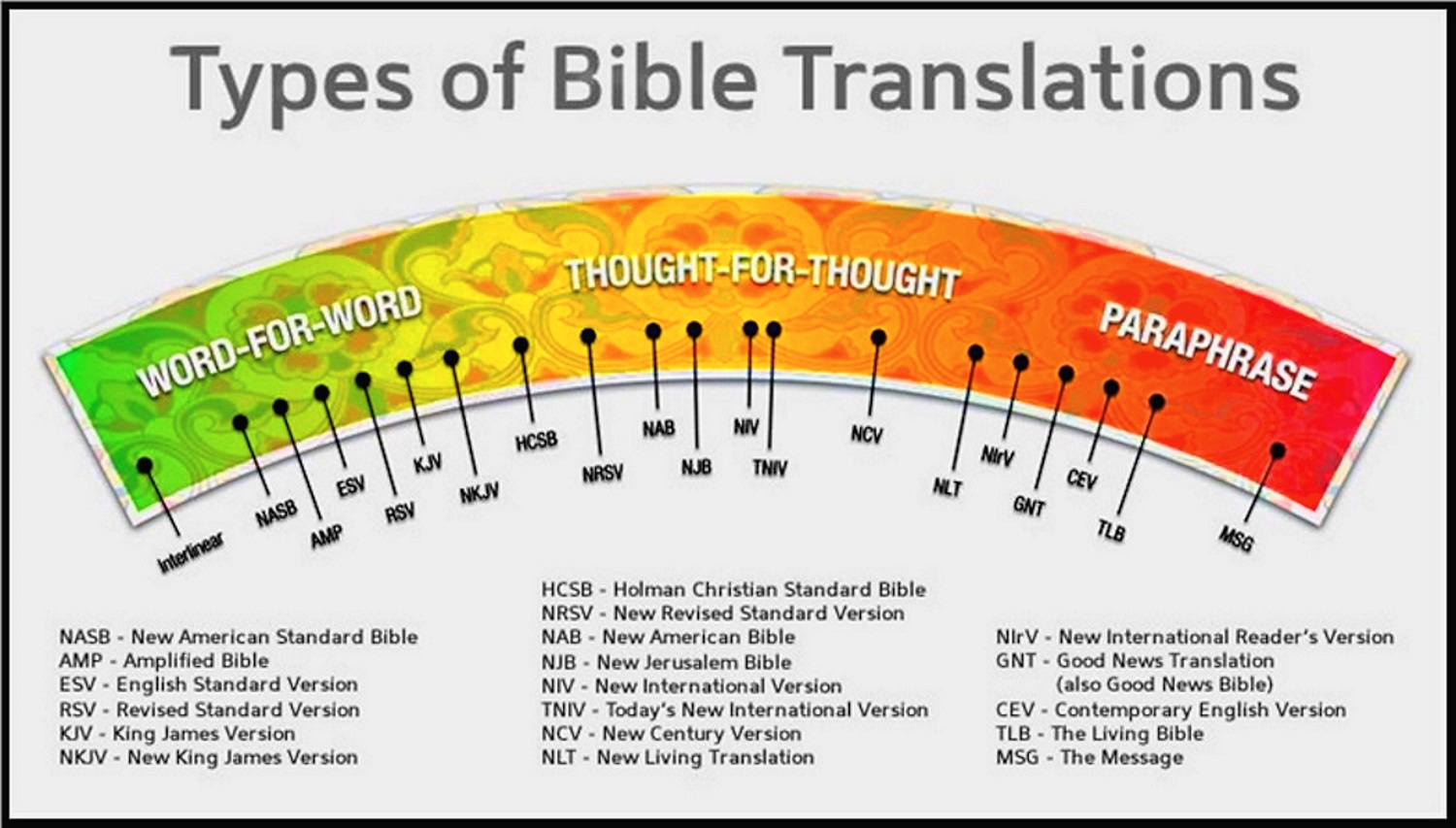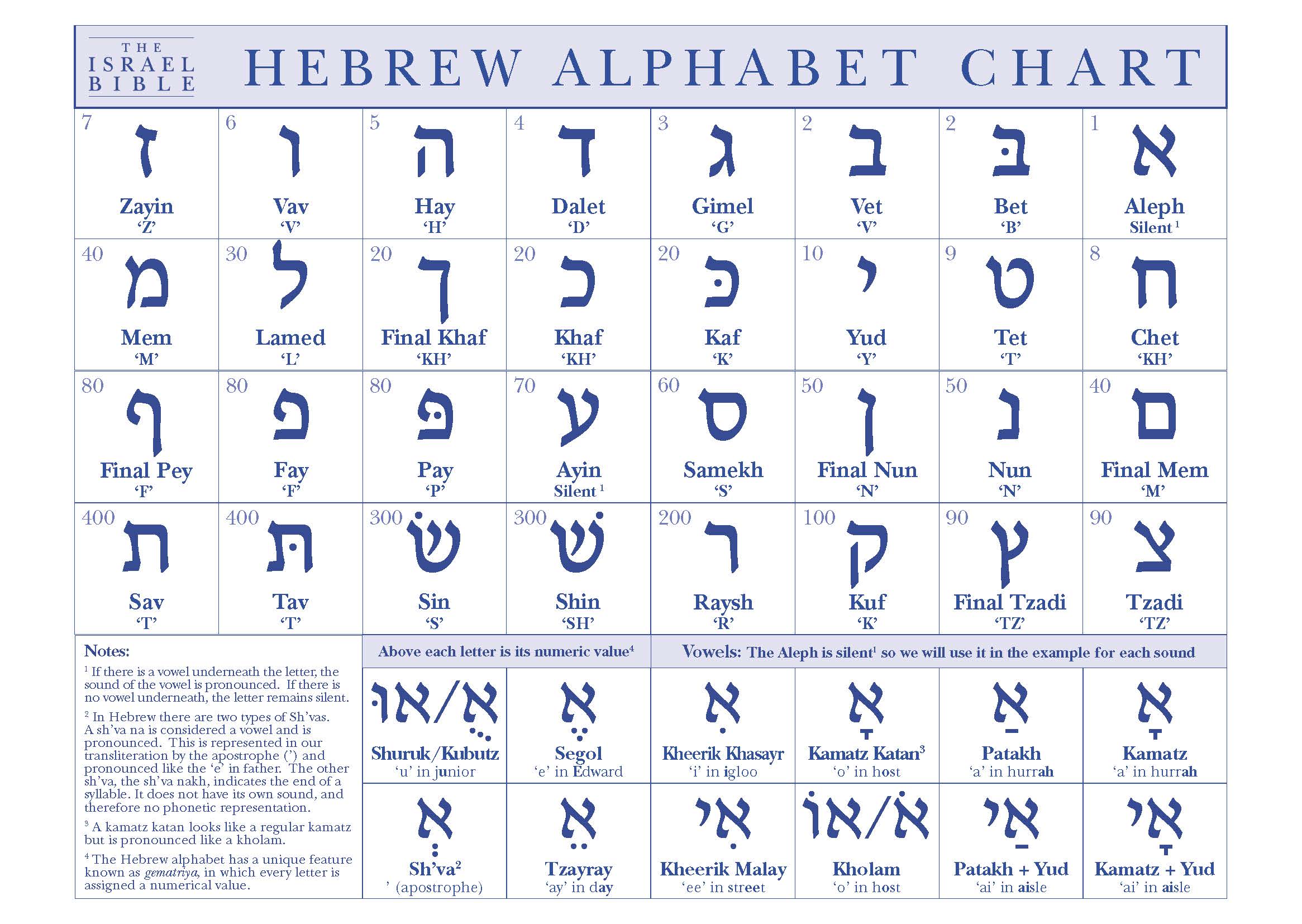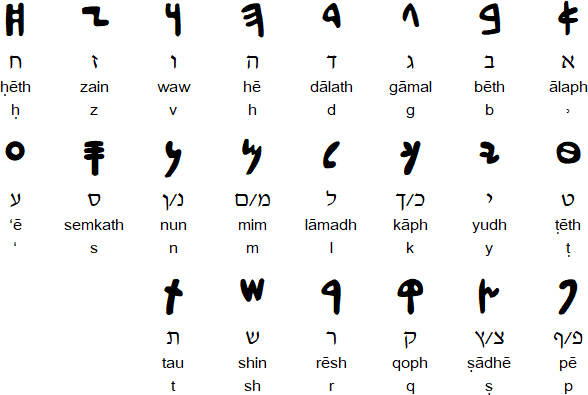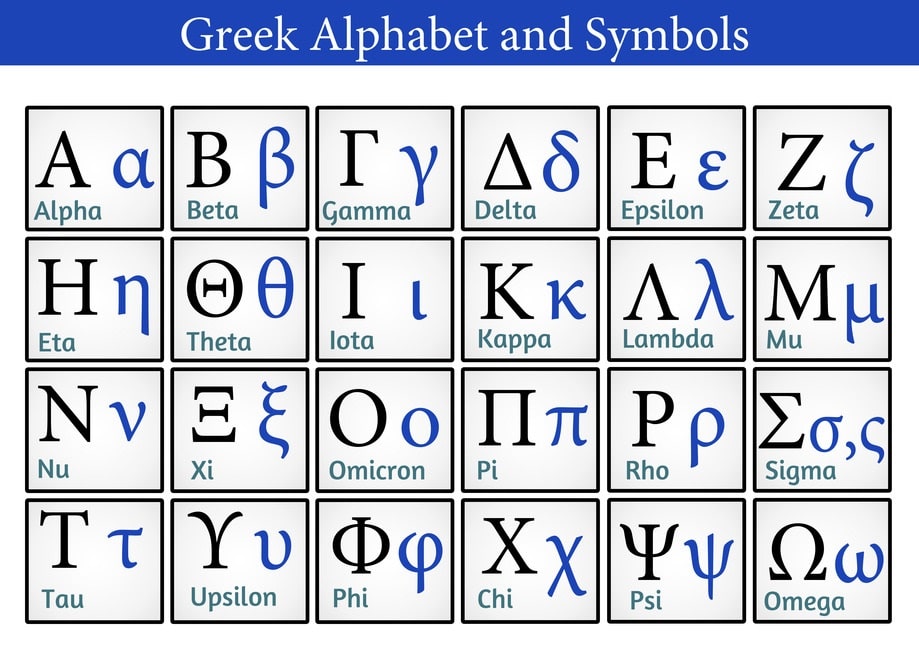Welcome to Bible Day!
Objectives:
| To investigate the impact of religious beliefs and teachings on individuals, communities and societies. |
| To explain religious beliefs, practices and commitments, including their transmission by people, texts and traditions. |
| To interpret a range of sources, texts, and authorities. |
| To analyse religious beliefs, arguments and ideas. |
| To study Christianity |
Introduction
The purpose of this topic is to explore the history and geographical background of the Bible, and how it came to be, both old and new Testament, and its relationships to other historical texts and events.
The Bible is a collection of 66 books written by approximately 40 authors over about 1,500 years. There are 39 books in the old testament and 27 in the new testament.
The Bible , which means in Koine Greek “the books”, is a collection of religious texts or scriptures sacred to Christians, Jews, and Rastafari, among others.
These texts include historical accounts, hymns, prayers, proverbs, parables, letters, poetry, and prophecies.
Some people consider the Bible to be the direct words of God. Others consider it to be more of an historical artifact. It can be both or a mixture.
Translations
There are a whole bunch of Bible translations out there. There isn’t one copyrighted version as with other books. The versions have different focuses.

The first five books in the Bible.
Pentateuch means “five rolls”. It is formed by the first five books of the Old Testament:
- Genesis: the origins.
- Exodus: the departure from Egypt.
- Leviticus: the Levites, priests of the tribe of Levi.
- Numbers:the censuses of the people of Israel.
- Deuteronomy: the second law.
Session One – The Old Testament
The Old Testament or Jewish Tanakh is the first book of the Bible. It contains the origin and the universe creation, the exodus from Egypt, the Israel formation ,the Prophets and the Wisdom Books.
- Genesis: First book of Moses (50 chapters)
- Exodus: Second (40 chapters)
- Leviticus: Third (27 chapters)
- Numbers: Fourth (36 chapters)
- Deuteronomy: Fifth (34 chapters)
- Book of Joshua (24 chapters)
- The Book of Judges (21 chapters)
- Book of Ruth (4 chapters)
- 1st Book of Samuel (31 chapters)
- Second (24 chapters)
- 1st Book of Kings (22 chapters)
- Second (24 chapters)
- 1st Book of Chronicles (29 chapters)
- Second (36 chapters)
- Book of Ezra (ezra nehemiah) (10 chapters)
- The Book of Nehemiah (13 chapters)
- Book of Esther (10 chapters)
- The Book of Job (42 chapters)
- Book of Psalms (150 chapters)
- Proverbs (31 chapters)
- Ecclesiastes (12 chapters)
- The Song of Solomon or Son of Songs or Canticles (8 chapters)
- Isaiah (66 chapters)
- Jeremiah (52 chapters)
- Lamentations (5 chapters)
- Ezekiel (48 chapters)
- Daniel (12 chapters)
- Hosea (14 chapters)
- Joel (3 chapters)
- Amos (9 chapters)
- Obadiah (1 chapter)
- Jonah (4 chapters)
- Micah (7 chapters)
- Nahum (3 chapters)
- Habakkuk (3 chapters)
- Zephaniah (3 chapters)
- Haggai (2 chapters)
- Zechariah (14 chapters)
- Malachi (4 chapters)
Session Two – The New Testament
The New Testament list are the ones placed after the Old Testament. The New Testament includes Jesus life and early churches.
- Gospel according to Matthew
- The Gospel according to Mark
- Gospel according to Luke
- The Gospel according to John
- Acts (of the Apostles)
- Romans (epistle of Paul to the romans)
- 1 Corinthians: First epistle of Paul to the Corinthians
- 2 Corinthians: Second epistle of Paul to the Corinthians
- Galatians: Epistle of Paul to the galatians
- Ephesians: Epistle of Paul to the ephesians
- Philippians: Epistle of Paul to the philippians
- Colossians: Epistle of Paul to the Colossians
- 1 Thessalonians: First epistle of Paul to the Thessalonians
- 2 Thessalonians: Second
- 1 Timothy: First epistle of Paul to timothy
- 2 Timothy: Second
- Titus: Epistle of Paul to Titus
- Philemon: Epistle of Paul to Philemon
- Hebrews: Epistle to the Hebrews
- James: The general epistle of James
- 1 Peter: The first epistle of Peter
- 2 Peter: The second epistle of Peter
- 1 John: The first epistle of John
- 2 John: The second
- 3 John: The third
- Jude: The epistle of Jude
- Revelation: The book of revelation or Apocalypse of John.
Activity – Compare
Write out the same verse from the New Testament using two different versions.
You can use a paper Bible, an app, or this site. Start by choosing a verse or passage from the New Testament. Then look for a Word-for-word Bible translation. Copy it out. Now swap to a paraphrase or thought-for-thought translation and copy it out again.
Session Three – Biblical Languages
Biblical languages are any of the languages employed in the original writings of the Bible.
Biblical languages are studied more widely than many other dead languages.
Some debates exist as to which language is the original language of a particular passage, and about whether a term has been properly translated from an ancient language into modern editions of the Bible.
Scholars generally recognize three languages as original biblical languages: Hebrew, Aramaic, and (Koine) Greek.
Hebrew

Aramaic

Koine Greek

Languages of the New Testament
The books of the Christian New Testament are widely agreed to have originally been written in Greek, specifically Koine Greek.
Koine Greek was the popular form of Greek which is also called Alexandrian, Hellenistic, Common, or New Testament Greek.
Some scholars believe that some books of the Greek New Testament (in particular, the Gospel of Matthew) are actually translations of a Hebrew or Aramaic original.
Some traditional Roman Catholic scholars believed the Gospel of Mark was originally written in Latin.
Activity – Languages
Create a poster with a passage or words from the bible in Hebrew, Aramaic, or Greek.
Here are some you can use to help you.
Session Four – Locations within the Bible
There are many important locations mentioned within the Bible. Some of them go by new names today and some of the countries have new borders.
The Book of Acts records three journeys that Paul took through Greece, Turkey, Syria, and several regions you won’t find on a map any more.
Paul’s travels were important in the development of the early Christian church. Many of the communities he encountered on these missionary journeys were the same ones he wrote to in his letters later on.
Just for fun, what would Jesus’ life look like in Google Earth?
Bible events seen from Google Earth
Explore the major places mentioned in the Bible.
Activity – Hotspots
Add the Biblical Hotspots along with some other key place names and landmarks, onto this map.
Session Five – The Order and Chronology of The Bible
The Books of the Bible are not in chronological order, meaning they are not arranged in the order in which they occurred. Obviously some are, such as the first five: Genesis, Exodus, Leviticus, Numbers, and Deuteronomy, but not all. The New Testament is especially mixed up.
Why are they NOT in chronological order:
- There are events in the Bible that happened at the same time but the individual events or storylines are kept together to keep the narrative going.
- In some places, such as Paul’s letters, the books are arranged from longest to shortest rather than by chronological order.
- For many centuries, copies of the books of the Bible consisted of scrolls kept in cubby holes. there was no fixed order of scrolls among the synagogues or churches around the world.
- When the printing press was invented, the number of Bibles available greatly increased. For a while, the biblical books were printed in several different orders. Gradually, the order we know today became more and more common until virtually all editions used that specific order.
- The order of the books is not sacred. Some Bibles have been produced that keep the books that were intended to be whole books as whole books, but they put those whole books in an order that is more helpful. There are Bibles available with the books in different orders, including chronological.
Session Six – Who’s Who of The Bible
Here are the 16 names most frequently mentioned.
The number of times a specific name appears can vary from translation to translation. The number of occurrences given in parenthesis is the count reported by BibleGateway.com for the New International Version.
For example, BibleGateway.com reports that the name Joab is used 128 times in the New King James Version while it appears 129 times in the New International Version.
This difference in the number of occurrences is not due to missing or added material. It is simply the way sentences are constructed and the number of times a pronoun like he or she are is used instead of the person’s actual name.
- Jesus (1,281 times)
- David (971 times)
- Moses (803 times)
- Jacob (363 times)
- Saul (362 times)
- Aaron (342 times)
- Abraham (294 times, with 57 of those being Abram)
- Solomon (272 times)
- Joseph (246 times)
- Paul (228 times)
- Joshua (219 times)
- Peter (193 times)
- Jeremiah (145 times)
- Samuel (142 verses)
- Isaac (129 times)
- Joab (129 times)
Activity – Zephaniah
Illustrate Zephaniah’s words.
By the way, there is good reason to believe that Zephaniah was black.
Session Seven – The Religions of The Bible
Rastafari
Rastafari, also known as Rastafarianism and the Rastafari movement, is a religion that developed in Jamaica during the 1930s.
Rasta beliefs are based on the Bible and a belief in a single God, referred to as Jah, who is deemed to partially reside within each individual.
Many rastas accord Haile Selassie, the emperor of Ethiopia between 1930 and 1974, as the Second Coming of Jesus and Jah. Others see him as a human prophet.
Rastafari is Afrocentric and focuses attention on the African diaspora, which it believes is oppressed within Western society, or “Babylon”.
Session Eight – The Origin of The Bible
Wrap Up!
The Bible
The Bible "the books" is a collection of religious texts or scriptures sacred to Christians, Jews, Samaritans, Rastafari and others. What do you know about it?

